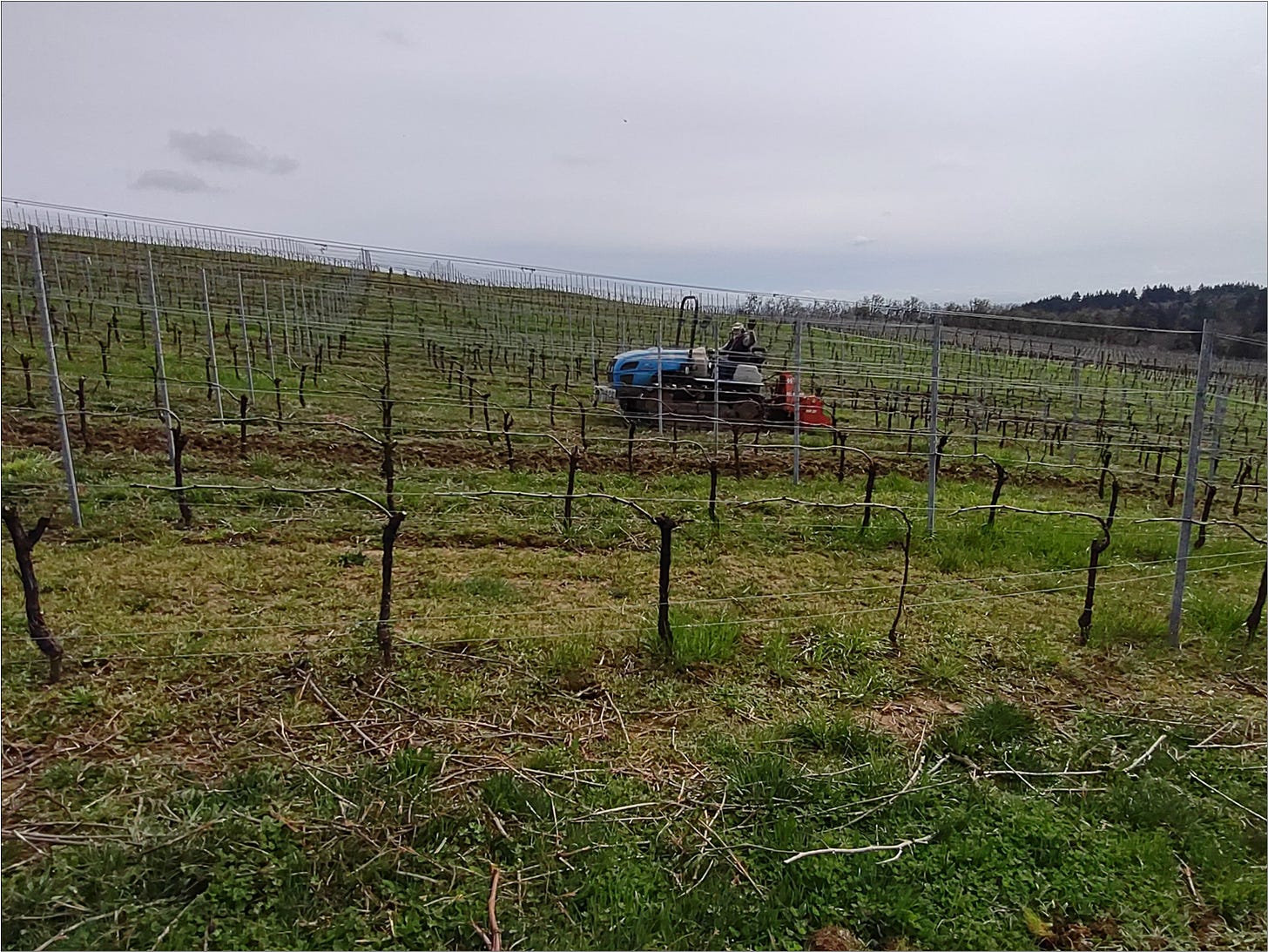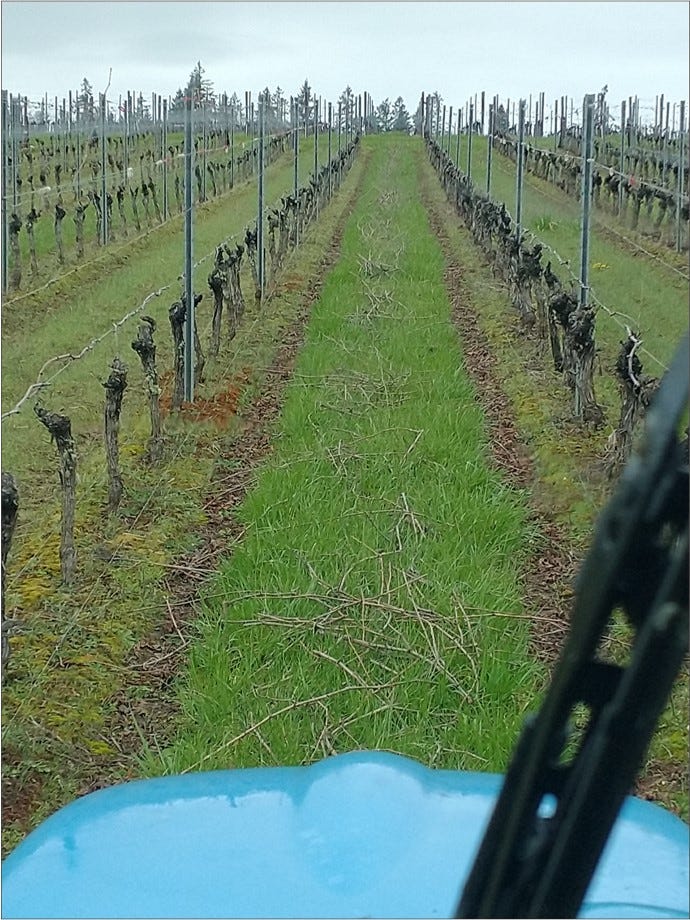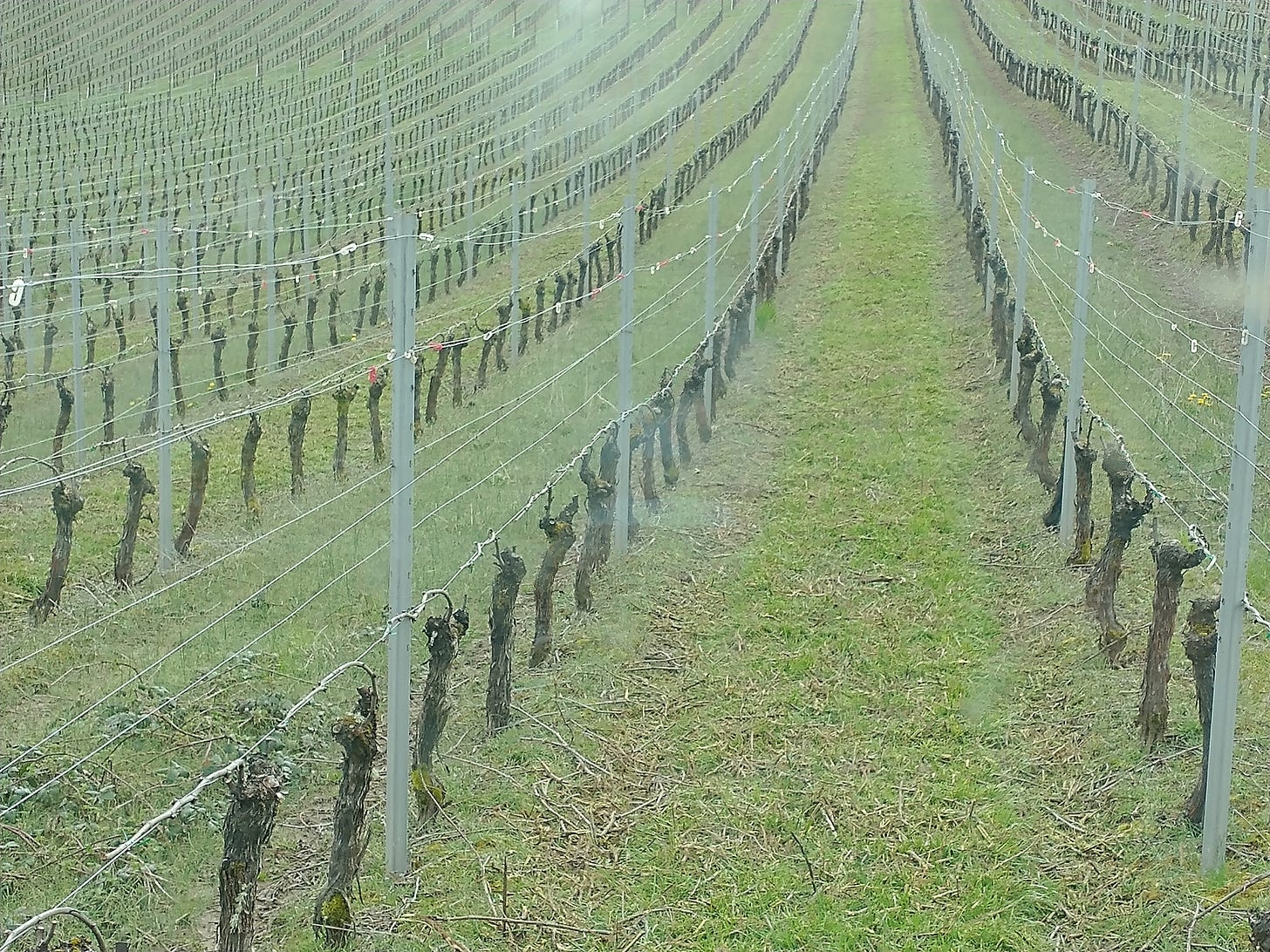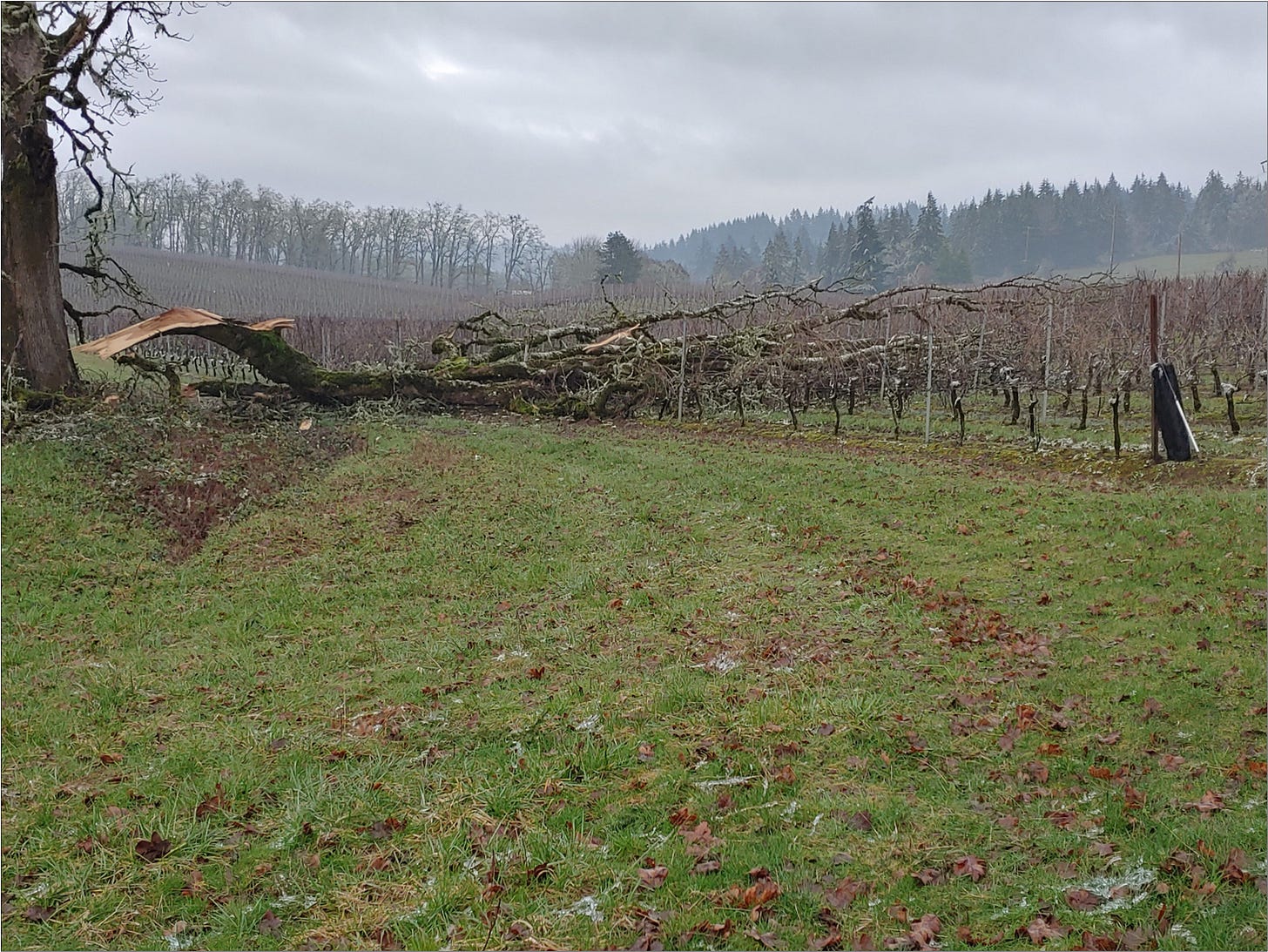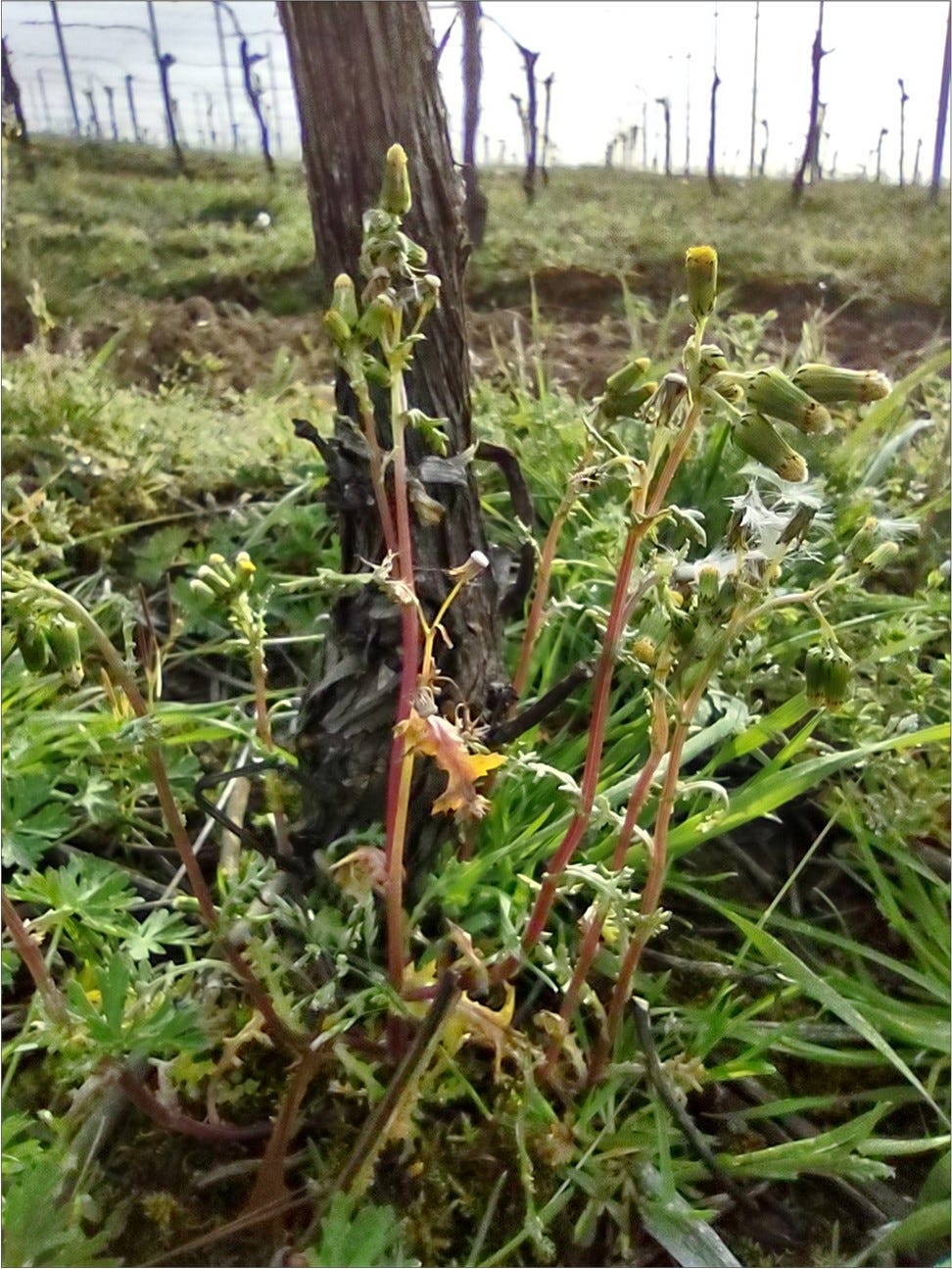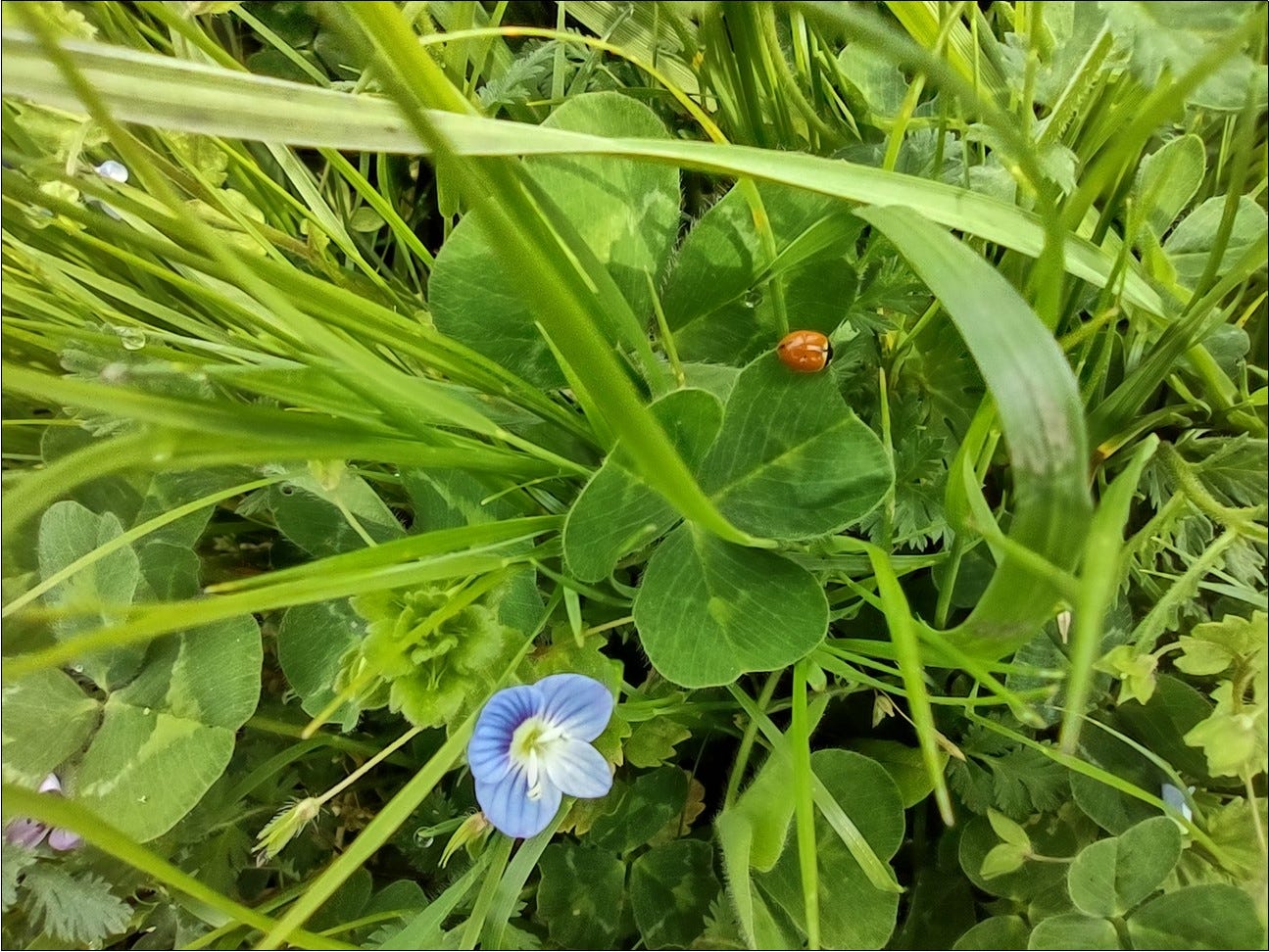Amalie Robert Estate: Vintage 2022 Starts Today!
Hello and Welcome,
April 1st is the official start to the growing season. It is also April Fools’ Day. After 20 some years of farming in the Willamette Valley, we do not believe this to be a coincidence. Whatever pranks you have planned for the day, we can assure you Vintage 2022 will be full of surprises, and not the same surprises as last year. Just like the pranks, the agrarian challenges get better and better each year. You don’t have to be crazy to grow Pinot Noir, but it helps.
April 1st Vintage 2022 is Julian calendar day 91. Assuming we survive this year’s onslaught (a large quantity of people and/or things that is difficult to cope with), we should be harvesting wine berries somewhere around Julian calendar day 274. That gives us about 183 days to get it together, however harvest dates can vary greatly. The vines know this, and they are pre-ordained to ripen their seeds in the limited time allowed. It is our job to harvest the wine berries enshrining these seeds at the most optimal point in time to produce the most exemplary wines. Godspeed.
BTW: The rubber band used to bundle asparagus is the best for the kitchen sprayer prank, so we’ve heard…
The BIG Picture
You have to start somewhere, and in the Willamette Valley, the vineyard floor is usually a good place to start. After lifting the fog each morning, Ernie’s next job in the spring is to rototill in last fall’s cover crop. By incorporating these plants into soil, we feed the soil microbes, and a whole host of other soil borne life that will digest this organic matter into food for our vines. And then just as quick as a mousetrap hidden in the cupboard next to the coffee, Ernie is right back out there drilling in the spring cover crop blend of Buckwheat and Common Vetch. Yeah, he is always growing nitrogen.
But there are goings on in the “alternate” rows as well. These are the grassed rows, or what we call permanent cover. We use fescue, Tall Fescue. These rows hold the canes pulled out of the trellis from last year’s growing season. Using his handy dandy flail mower, Ernie shreds these brown canes along with about a foot tall stand of green grass. That provides about 16 acres of buffet line, giving a little diversity for the soil inhabitants.
But there is a little strip of land just under the vines, and that is where the magic is right now...
Winemaking: The Continuation of Terroir by Other Means. ® by Dena & Ernie from Amalie Robert Estate. Oregon Willamette Valley Pinot Noir, Chardonnay et al. A FLOG communication (Farming bLOG). You can keep up with our Willamette Valley Vintage 2022 by visiting our Instagram account @AmalieRobert.
And we have moved! Won’t the neighbors be surprised. Actually, we have just moved the FLOG. We have moved the FLOG from Google Blogger to a new platform called Substack. If you visit Substack you can subscribe to our FLOG – and it’s FREE. While you are there, you can view any and all of our previous 210 FLOGs. This may take you some time, and more than a few ARBs (Adult Recreational Beverages).
Are They Weeds or Are They Cover Crops?
They say there is a fine line between genius and insanity. Doing the same thing over and over, expecting the same result is called farming. Expecting a different result is called insanity. So we ask you, what is a weed?
The farming answer is that a weed is a plant growing somewhere you don’t want it growing. These could be dandelions in your yard, or that big oak tree whose branch befell your 20 year old Pommard vines. No matter the size, if they are growing where you don’t want them, then they are weeds. Ernie used to think Common Groundsel was an uncontrollable weed…
Common Groundsel (Senecio vulgaris) is a ubiquitous winter annual broadleaf. This little plant grows directly under the vines. It has strategically located itself such that it is not in the rototiller rows, nor in the mowing rows. It therefore grows unabated, much like a weed. But is it a weed?
Common Groundsel flowers very early in the year. In the Willamette Valley it begins to flower in February and continues through March and April. And as it flowers, it produces pollen, which is protein. That is the attribute that changes Common Groundsel from a weed into a highly regarded, naturally occurring winter cover crop. Note: While Creeping Groundsel is closely related, it is still considered a weed. A creepy weed…
What Does This Mean and Why Should I Care?
Got beneficial insects? Common Groundsel grows at the base of the vine. And when it flowers it attracts insects. If you are a carnivorous insect in the Willamette Valley you are either preying on other hapless insects, or if you can’t find any other insects, consuming plant-based protein, aka pollen. Plant-based protein was cool before plant-based protein became cool. Just a different target audience today. Now that’s called marketing!
Common Groundsel is where the cool bugs hang out. All manner of spiders, ladybugs, earwigs and whatever you have. They have a sip of morning dew and a bit of pollen to start their day. Then it is off to hunt for rust mites, spider mites or cane borers. And since Common Groundsel is growing right at the vine’s trunk, it is a short walk to work.
Now, the bad bugs that want to consume the newly emerging growth from the vine spend their winter season in the bark of the vine’s trunk. When the weather warms up enough, they make their way up the trunk and out onto the cane. And that is where they do their damage. They begin to bore into the new buds and eat the pre-emergent shoots. Or they move to the underside of the leaves and feed on the vascular tissue of the vine. Blighters one and all!
Not on my watch. Ernie takes great care to encourage Common Groundsel. It is the earliest flowering plant in the vineyard. It produces protein rich pollen to sustain our battalions of beneficial insects. You want a significant advantage of good bugs over bad bugs to protect the vineyard. Some people espouse an “insectary plot” where they grow flowering plants, but they are usually located a fair distance from the vines. We want our beneficial insects embedded where their primary target species live.
And what do the experts have to say about eradicating your bad bugs? Read this:
Management-biological control: An extensive community of natural enemies successfully regulates spider mite populations when undisturbed by pesticides. Consequently, spider mite problems on grapes and many other crops are considered secondary pest problems resulting from the elimination or suppression of natural enemies. Kaur, N. (Ed.). 2022 Pacific Northwest Insect Management Handbook. © Oregon State University.
Once again, we see that sometimes the old ways are the best. That’s farming, slow to evolve and hard to change. Some years we have the upper hand in the balance of good bugs to bad, and some years we don’t. That is natural selection. But we never use pesticides to alter the balance of power. We do take every opportunity to try and encourage as many beneficial insects as possible. That is our primary defense, a strong offense.
And speaking of offense, Brady is back! No foolin’! Check out the TB12 Plant Based Protein or an Anti-Inflammatory Turmeric Smoothie! As our Chief Farming Officer ages, he has discovered the anti-inflammatory properties of several non-alcoholic foods and beverages including turmeric. And here is a fun prank to share with the kids...
Culinary Prank: Carmel dipped onions, instead of apples.
These plant-based products are pretty amazing, and they are certainly gaining attention and respect. At this point we would like to remind everyone, that wine is in fact a plant-based product. Even the cork is fashioned from tree bark. Or as we like to say, there is a free cork in every bottle!
Kindest Regards,
Dena & Ernie





